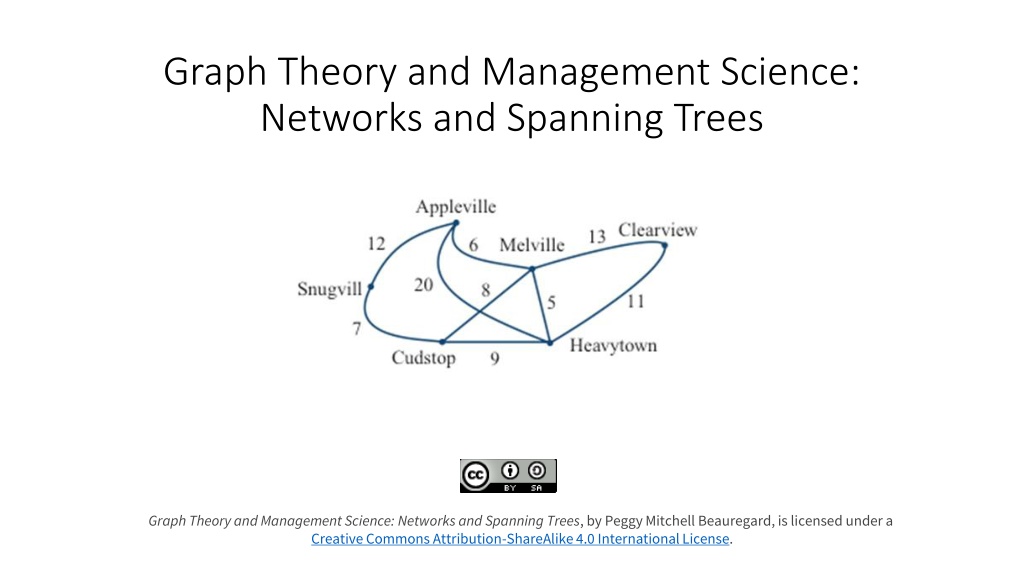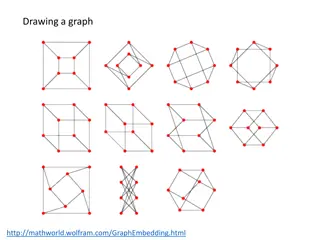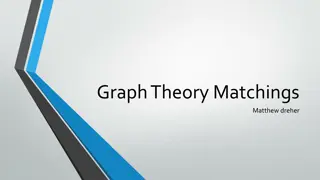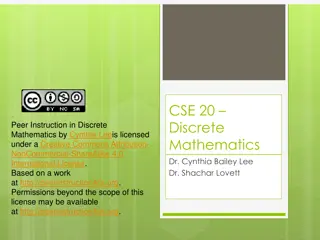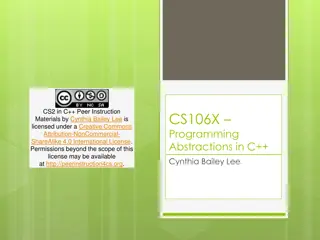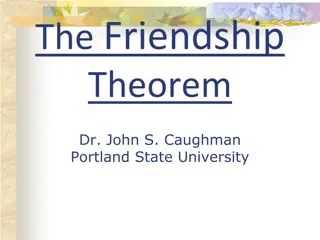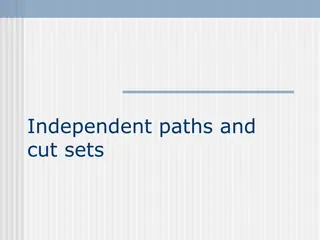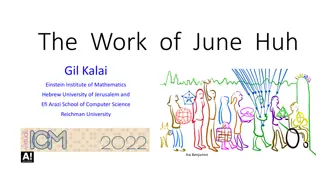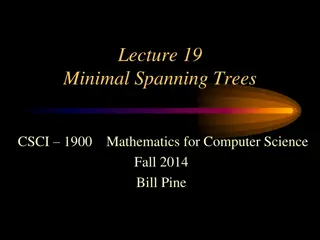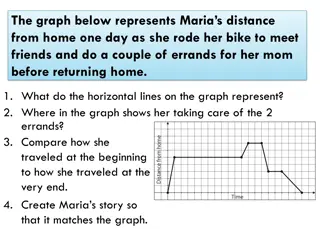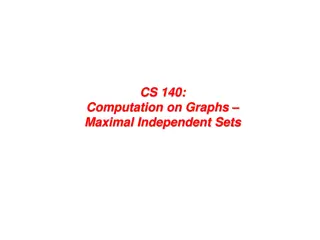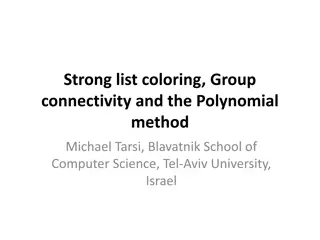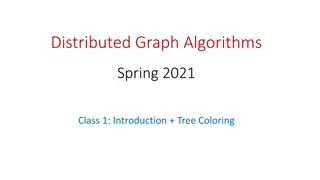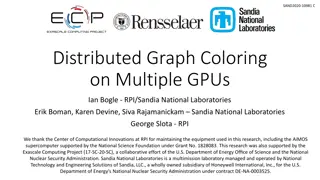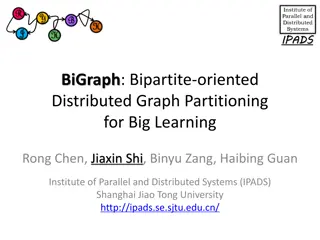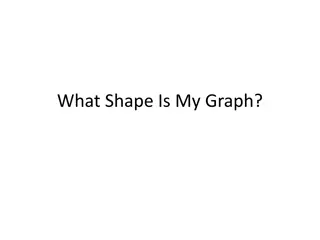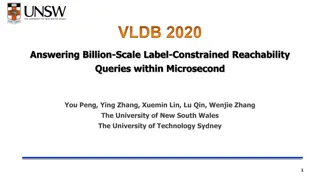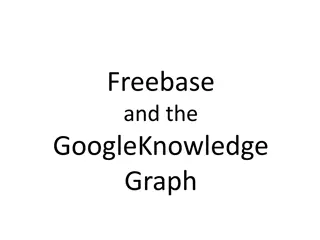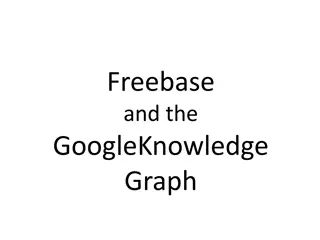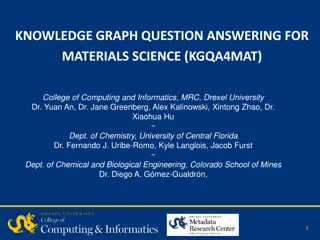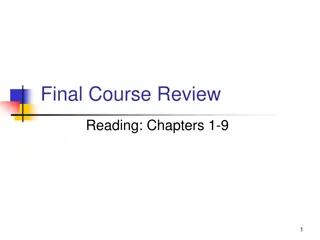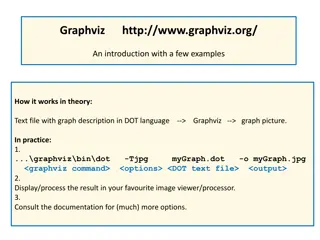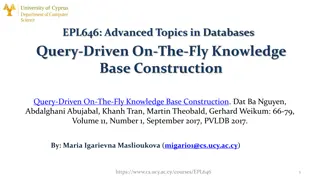Understanding Graph Theory and Networks: Concepts and Applications
Explore the concepts of graph theory and management science, focusing on networks, spanning trees, and their practical applications. Learn about the difference between a snowplow tracing streets, a traveler visiting cities, and connecting towns with cables. Discover how networks like Facebook evolve and how centrally planned networks are designed for specific goals. Delve into spanning trees and their significance in connecting vertices efficiently. Explore examples of trees and how they are connected in various scenarios. Consider the optimal way to connect multiple sites in a company network while minimizing costs.
Download Presentation

Please find below an Image/Link to download the presentation.
The content on the website is provided AS IS for your information and personal use only. It may not be sold, licensed, or shared on other websites without obtaining consent from the author. Download presentation by click this link. If you encounter any issues during the download, it is possible that the publisher has removed the file from their server.
E N D
Presentation Transcript
Graph Theory and Management Science: Networks and Spanning Trees Creative Commons License Graph Theory and Management Science: Networks and Spanning Trees, by Peggy Mitchell Beauregard, is licensed under a Creative Commons Attribution-ShareAlike 4.0 International License.
What is the difference? What is the difference? Between a snowplow that has to trace every street a traveler who must visit every city a network of towns that must be connected by cables The network of towns must be connected, but not in any particular order. The snowplow and traveler each go from one vertex to the next in order they can t jump around .
Facebook is one type of network You may be connected to someone on social media, but through another person. You don t have to be connected to each person directly to still be connected. FB is an evolutionary network: it evolves and grows on its own. At the opposite end of the spectrum from evolutionary networks are networks that are centrally planned and carefully designed to meet certain goals and objectives. Often these types of networks are very expensive to build, and one of the primary considerations when designing such networks is minimizing their cost. Examples: networks of roads, fiber-optic cable lines, rail lines, power lines
We need to connect the all of the vertices, but not have a circuit (which would be redundant). We call this graph a spanning tree. It is not necessary to use all of the edges and many spanning trees may be possible. Trace a few here .
A couple more examples of trees. What do they have in common?
Consider: A company requires reliable internet and phone connectivity between their five offices (named A, B, C, D, and E for simplicity) in New York, so they decide to lease dedicated lines from the phone company. The phone company will charge for each link made. The costs, in thousands of dollars per year, are shown in the graph. What we are looking for is the cheapest way to connect all of the sites (vertices). Again, we do not want a circuit..that would be redundant and cost extra money. We just want a path from any vertex to any other vertex.
A subgraph which contains all of the vertices but not all of the edges of the original graph and is connected is called a Spanning Tree. Even more, we want the Minimum Cost Spanning Tree (MCST) or (MST). Sometimes, we want a Maximum Cost Spanning Tree (MaxST). Pay attention to context .
Kruskals Kruskal s Algorithm Algorithm for Minimum Cost Spanning Trees: 1. List the edges of the graph, least to greatest. 2. Select the cheapest unused edge available which connects a new vertex but does not form a circuit (no closed loops). It is ok to have the degree of the vertex greater than two! (Unlike Cheapest Link). 3. Repeat until all vertices are connected in a spanning tree.
Use Kruskals Kruskal s Algorithm the five offices. Algorithm to find the cheapest way to connect
The beauty of Kruskals Algorithm for MSTs is that it is both optimal and efficient. We are guaranteed to always produce the optimal spanning tree. You can imagine that for a MaxST, we follow the same process but always choose the largest edge available.
Try this one: A power company wants to find the cheapest way to connect ten Oregon cities to the power grid. What are we looking for? Draw a graph to keep track of the edges you have used Newport Portland Corvallis Ashland Seaside Eugene Crater Astoria Salem Bend Lake Ashland - 374 200 223 108 178 252 285 240 356 Astoria 374 - 255 166 433 199 135 95 136 17 Bend 200 255 - 128 277 128 180 160 131 247 Corvallis 223 166 128 - 430 47 52 84 40 155 Crater Lake 108 433 277 430 - 453 478 344 389 423 Eugene 178 199 128 47 453 - 91 110 64 181 Newport 252 135 180 52 478 91 - 114 83 117 Portland 285 95 160 84 344 110 114 - 47 78 Salem 240 136 131 40 389 64 83 47 - 118 Seaside 356 17 247 155 423 181 117 78 118 -
A system of roads is to be built between six condos in a complex. The developer wants to connect the complexes with as few roads as possible. What are we looking for? Solve it. E B 43 14 13 25 16 45 11 A 23 17 G 15 How does this differ from our TSP where the UPS driver had to visit all of the cities? 19 33 36 41 37 F C
A bonus..Searching trees Searching trees Remember the game 20 questions? A small handheld computer which asked questions to which you answer yes or no . Miraculously, after 20 questions, this device almost always guessed what you were thinking (or pretty close to it). Pick a number between 1 and 100, inclusive. How many guesses do you think it will take me to get it right, guaranteed? (not counting chance)
How many questions for guessing a number between. Range # Questions 7 1 - 100 10 1 - 1,000 14 1 - 10,000 17 1 - 100,000 20 1 - 1,000,000
Sources: College Mathematics for Everyday Life, Kathryn Kozak et al (Coconino Community College) CC-BY-SA, http://www.coconino.edu/resources/files/pdfs/academics/arts-and- sciences/MAT142/Chapter_6_GraphTheory.pdf Math in Society, David Lippman, CC-BY-SA, http://www.opentextbookstore.com/mathinsociety/
